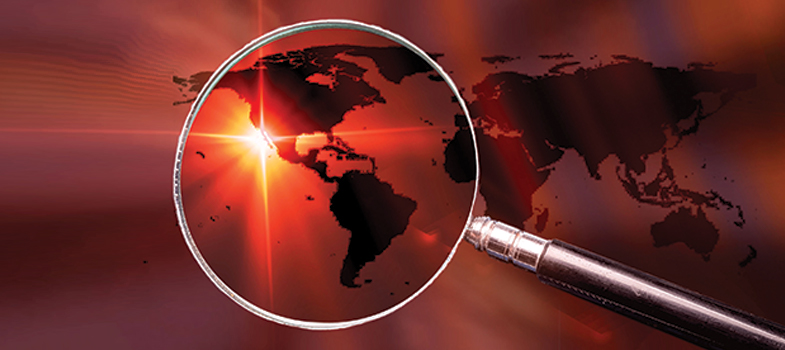6 Reflecting on your role
Consider the following activity to help you reflect on your role within surveillance systems in your work. Don’t worry if you don’t currently work in surveillance. You can use the following activities and questions as a guide to what your role in surveillance would be.
Activity 8: Describe the aspects of your role that relate to surveillance
Now look at Figure 2 in the article ‘Antibiotic resistance surveillance systems: a review [Tip: hold Ctrl and click a link to open it in a new tab. (Hide tip)] ’ (Diallo et al., 2010), which illustrates an ‘ideal’ AMR surveillance system of the (distant!) future. In this system, AMR surveillance data from the human, animal, agricultural and environmental sectors are all collected in a standardised way, from multiple data sources. This includes information from hospitals, laboratories, veterinary practices, farms, etc. These AMR data are analysed and the results are compared across sectors to understand how use of antimicrobials in one sector is leading to increases in resistance in this sector and/or another sector. The right-hand side of the figure – illustrating the data sources, data analysis and report-generation steps, could actually be describing any surveillance system – these are the standard elements of work for any form of disease surveillance.
Reflecting on your role, where do you find yourself in the ‘ideal’ AMR surveillance system in the article? Consider the following questions:
- Do you work in the human health, animal health or the wider environmental sector? If not, which of the following is most relevant to your role, and how does it reflect wider surveillance efforts?
- Hospital
- Farm
- Pharmacy
- Veterinarian
- Laboratory
- Policy maker
- Public health sector
- Veterinary public health sector
- Other?
- Do you work with samples from humans or animals or both?
- Do you take part in any of the following activities?
- Collection of data? What kind of data?
- Do you take part in data analysis? Do you calculate the incidence and prevalence of infections or disease?
- Do you generate or communicate the findings of analysis via reports? Who are these reports for? How often are they generated?
- Is your role within a team that conducts surveillance? Did you note ‘Yes’ against any of the above questions on ‘taking part in data collection, analysis, reporting’? If so, do you carry out these duties as part of a surveillance team?
- What kind of surveillance activities do you/your team carry out?
- Did you note ‘No’ to all of the above questions on ‘taking part in data collection, analysis, reporting’? If so, reflect on the kind of surveillance systems in your city, region or country. What kind of data do they collect? What is the surveillance question being asked? Is it an active, passive, sentinel or syndromic surveillance system?
Consider writing down the answers to the above questions in your blog space and discussing answers with your fellow leaners.
5 Comparing surveillance data between sectors



